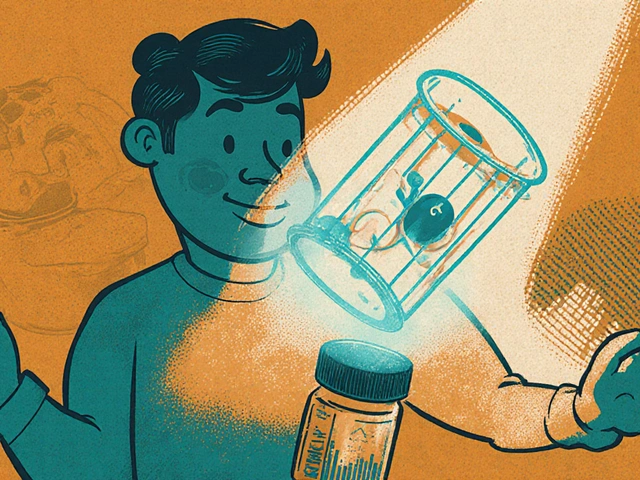Assistive Devices: Simple Tools for Everyday Independence
Living with a physical limitation doesn’t have to mean giving up the things you love. A well‑chosen assistive device can turn a frustrating task into a quick, painless action. From getting out of bed to cooking dinner, the right tool makes life smoother and keeps you safe.
Choosing the Right Device
Start by pinpointing the activity that gives you the most trouble. Is it walking down stairs, reaching high shelves, or gripping utensils? Once you know the problem, match it to a category of devices—mobility aids, daily living tools, or sensory supports. Mobility aids include canes, walkers, and roll‑on chairs; daily living tools cover jar openers, button hooks, and adaptive kitchen gadgets. Read user reviews, ask your therapist, and check if your insurance covers a portion of the cost.
Fit matters a lot. A cane that’s too tall will strain your shoulder, while a walker that’s too short can cause trips. Most retailers let you try the device in store or offer a 30‑day return window. Take advantage of that period to test the device at home—walk around the kitchen, sit in your favorite chair, and see how it feels.
Using & Maintaining Your Aids
When you first start using a new aid, give yourself a few days to adjust. Practice the movement slowly, then gradually speed up as confidence builds. If you’re using a walker, keep the brakes engaged when you sit, and lock them before standing up. For kitchen tools, keep blades clean and replace worn parts regularly to avoid accidents.
Maintenance is easy if you set a routine. Wipe down handles with a disinfectant wipe after each use, check wheels for flat spots, and tighten any loose screws once a month. A well‑maintained device lasts longer and works more reliably, saving you money in the long run.
Don’t forget to reassess your needs every six months. Your condition may improve, or new technology might hit the market. Simple upgrades—like a lightweight carbon‑fiber cane or a battery‑assisted wheelchair—can make a big difference in comfort and independence.
Finally, share what works for you with others. Online forums, local support groups, and your healthcare provider are great places to swap tips. One person’s favorite jar opener could be the exact solution you’ve been hunting for.
Assistive devices are more than gadgets; they’re confidence boosters that let you stay active, safe, and in control of your daily life. Pick the right tool, keep it in good shape, and enjoy the freedom it brings.
Living with a Skeletal Muscle Condition: Practical Daily‑Life Tips
Learn proven strategies to manage daily life with a skeletal muscle condition, from energy‑saving tricks to home adaptations and the right assistive tools.





